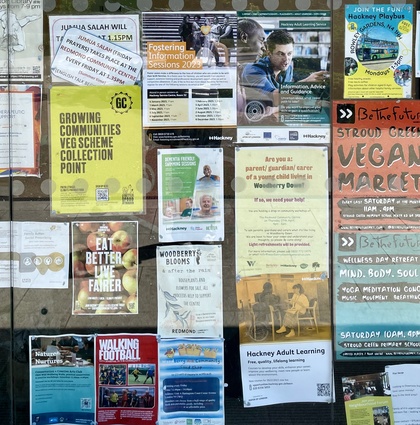
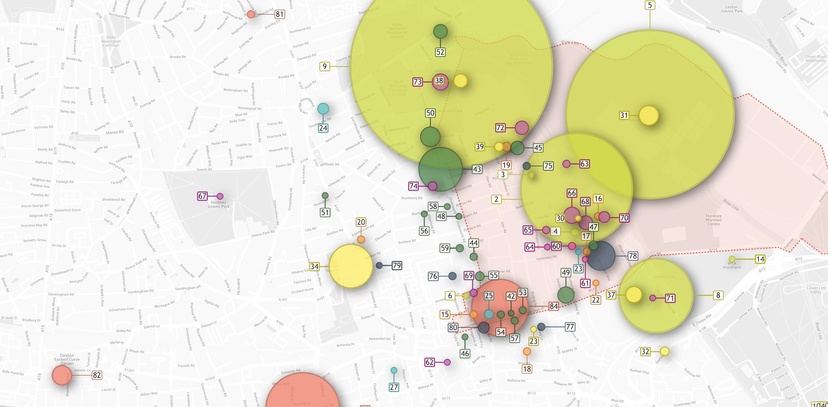
Larissa Begault reviews our work on social infrastructure over the last year. We have been thinking about how we can plan and shape existing and future provision to build on the assets of local communities, and help individuals get by.
We believe we can do better to support communities and build on what is alraedy working as they go through change. We have been working in Cambridge and London to develop social infrastructure plans and strategies, building on our work for the Mayor of London in Connective Social Infrastructure.
It is rare that social infrastructure is included and designed into new developments or regeneration schemes. It tends to come secondary to profit generating and commercial priorities. At worst, social infrastructure that supports communities can be threatened by built environment change.
To give one example close to where we work: the demolition of the much loved Elephant and Castle shopping centre highlighted the social value that this place carried for the local community, beyond the amenities provided. We documented this in 2015. Many traders described the Shopping Centre as a “community”, or a big “family”: a friendly and supportive place with people from all walks of life and different backgrounds coming together. There was a large and angry campaign organised by the Latin community to protect retailers. This had many successes, and Latin Elephant report that as a result of campaiging and advocacy, most traders have found new spaces in the area.
Today we all face an interlinked social and environmental crisis that is fundamentally impacted by the built environment. The pandemic highlighted existing social fractures and the importance of access to public spaces, community amenities and of local social networks for support. Yet,the increasing density of our cities and the mainstream approach to development can negatively impact social spaces, neglect community amenities, disrupt social networks and community cohesion.
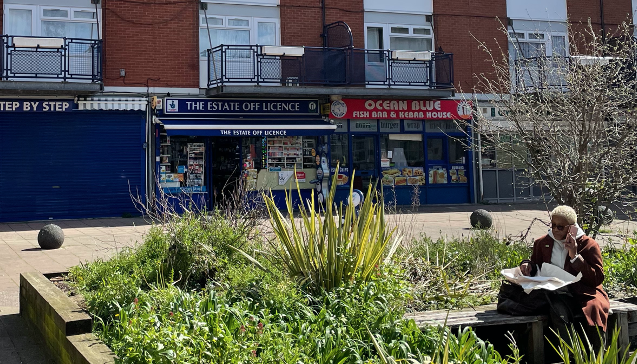
Communities often prioritise creating, restoring or maintaining already functioning social infrastructure in their responses to local development. Successful social infrastructure depends on complex networks of relationships, which take time and care to build up and can be difficult to restore once lost. Opportunities are often missed to leverage the best of what is already in place and to work with existing social networks to knit new communities into the existing social fabric of a place. Respecting local assets and providing new social infrastructure to address gaps can ensure that existing communities benefit from development and begin to welcome investment opportunities.
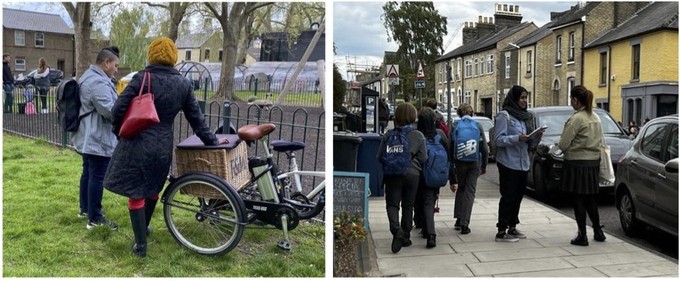
Our work in Cambridge on developing a ground floor social infrastructure strategy for a mixed-use technology and life science development replacing a retail park, highlighted key local assets and priorities for the proposal. The main concerns with the scheme included the fear of losing the affordable amenities currently provided in the retail park as well as the proposal exacerbating already existing issues of safety in certain corners of the site. These insights served as the foundation for a social infrastructure strategy, facilitating the project's integration into the surrounding neighbourhood and community.
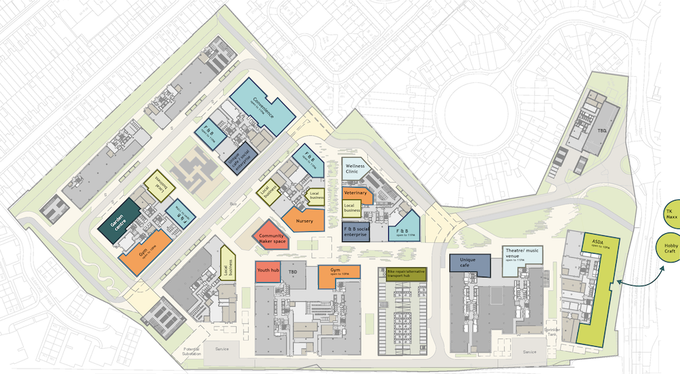
The renewed push from all sectors to address our environmental and social crisis, offers an opportunity to systematise the protection and inclusion of social infrastructure in new development in creative new ways that add social value to an investment. This will protect existing communities, support people moving to the area, and assist newer and older residents to come together to generate the strong social fabric that is needed to help places to thrive.
What is social infrastructure
Social infrastructure depends on the people who use it to give it meaning. It covers a range of services, social networks and facilities that support local needs and contribute towards a thriving quality of life. Social infrastructure facilitates relationships, encourages participation and civic action and can mitigate inequalities. Social infrastructure is a core tenet of resilient communities.
Drawing on our work for the Mayor of London, we think of social infrastructure as an ecosystem of local organisations, networks and services, supported by different types of buildings and physical spaces.
Within a neighbourhood, a social infrastructure ecosystem can include community centres and charity-run spaces; green & outdoor spaces; sports, exercise and health facilities; youth centres and children’s centres and playgrounds; places of worship;cafes, bars, pubs and local businesses from barbers to shops that go beyond their basic purpose to support communities; libraries; and a range of local group and networks that meet in person and online.
Research has demonstrated that social infrastructure is essential to support communities’ well-being, health and ability to thrive in their neighbourhood. Social infrastructure supports relationships within communities and between people from different backgrounds by providing places for people to meet friends and to make new connections. It supports participation by giving people the opportunity to become involved in governance, management and volunteering, and by helping people who feel marginalised and powerless to gain more control over their lives. Finally, social infrastructure supports equality by providing access to support and services, particularly to those who are more vulnerable or disadvantaged.
Our work
We have been working in several places to establish a social infrastructure strategy that responds to local needs and demand and that strengthens the assets within communities. We have been testing a process that is founded on the rigorous research we have established over the last ten years. We have been working with delivery partners to develop tangible and deliverable social infrastructure strategies. Our process includes:
Please get in touch with larissa.begault@social-life.co if you'd like to talk about colloraborating with us.
